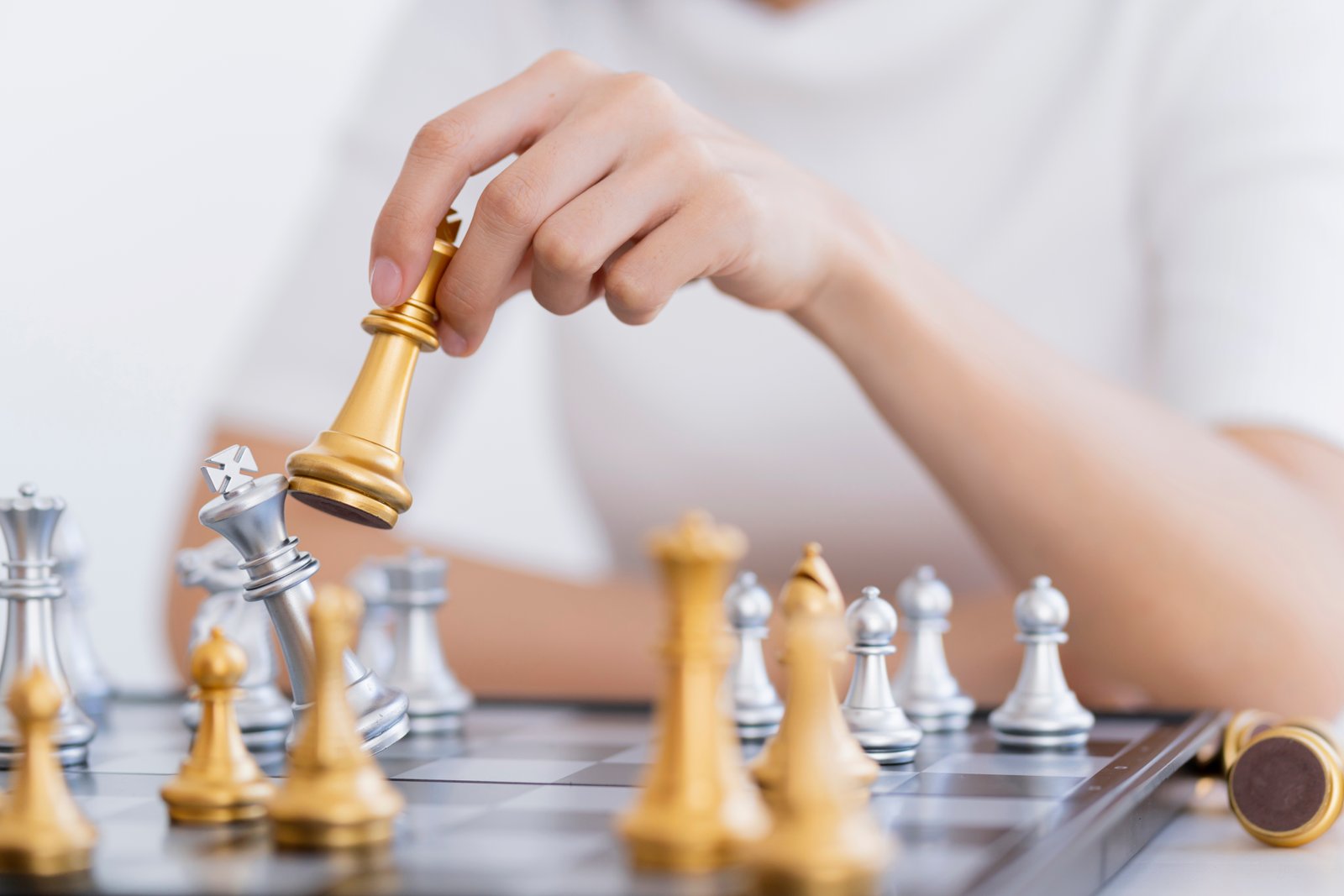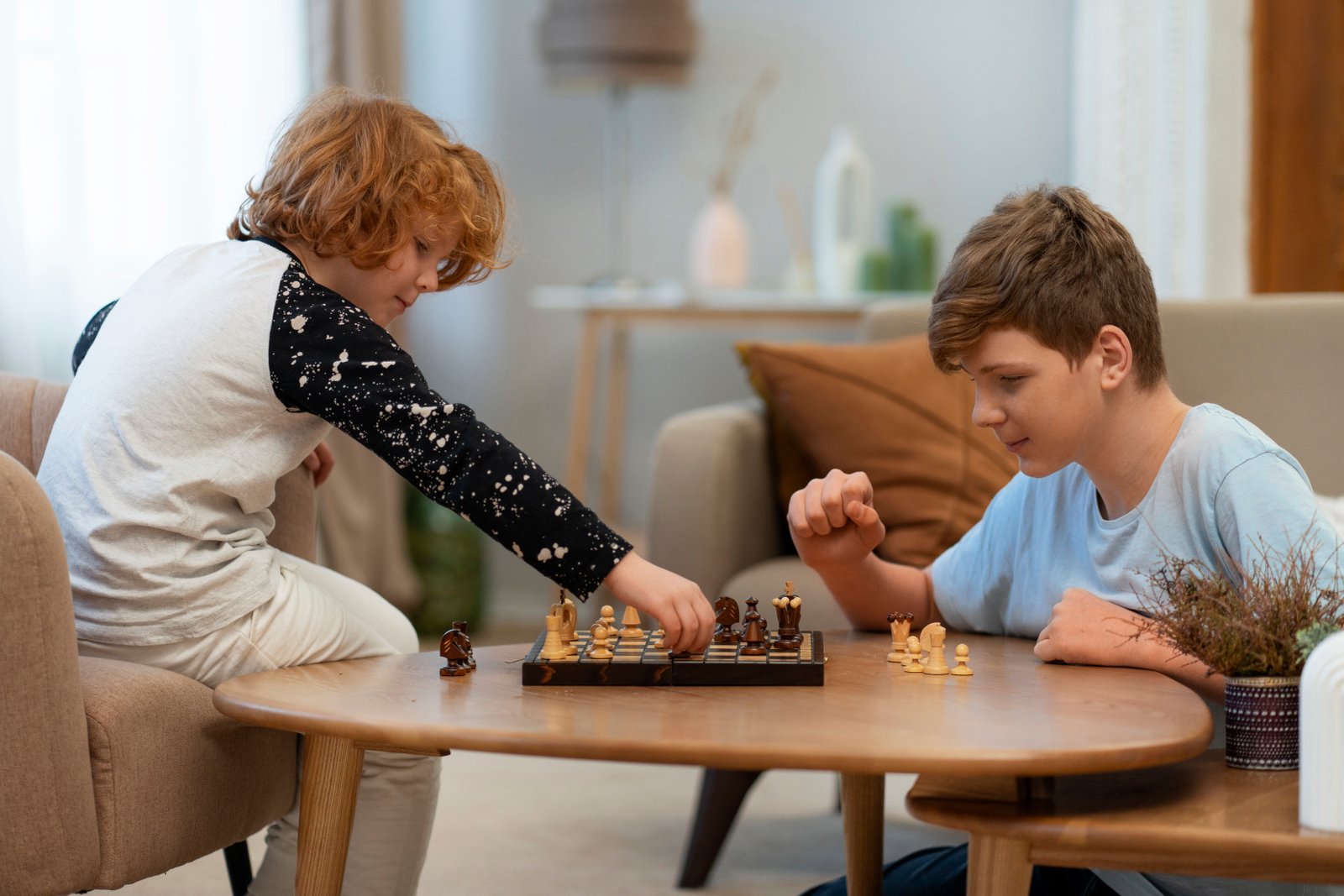
chessbrainz
Jan 05,2026
 0
0
 41
41
Have you ever wondered if watching free YouTube tutorials is enough to actually improve at chess? See, today, it’s easy to think that endless videos on openings, tactics, and grandmaster games could replace a professional coach. After all, YouTube is free, convenient, and accessible anytime, anywhere....

chessbrainz
Jan 05,2026
 0
0
 62
62
If you’ve ever had a conversation with parents whose kids started chess really early, you’ll probably hear the same thing: “We thought it was just a game at first.” And then, when reality hits: It’s so much more than that....

chessbrainz
Nov 11,2025
 0
0
 136
136
Do you think your child could be the next Gukesh or Magnus Carlsen? Minds of every age and skill set compete, learn, and grow in chess. More than ever, now is the time to immerse your child in the depths of the game....